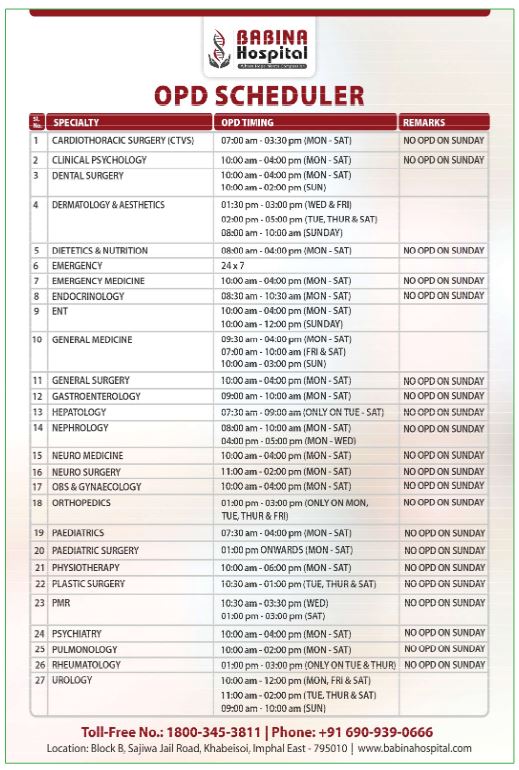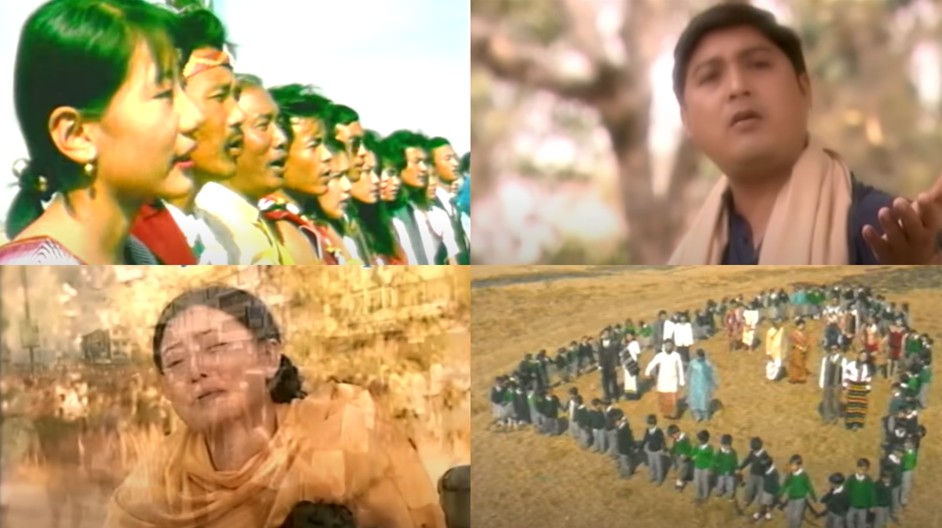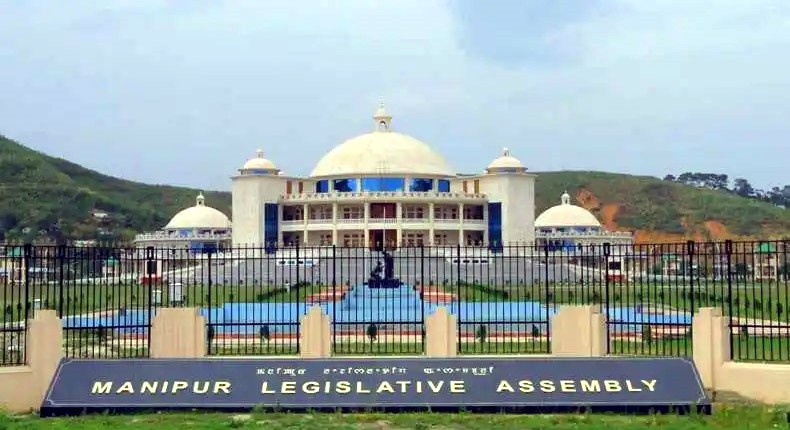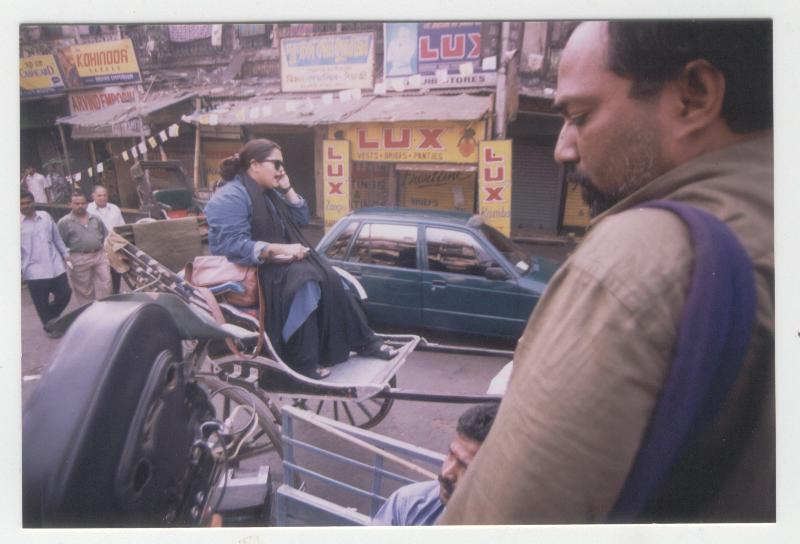Following my previous article “Are there fishers at Loktak”? where my investigations have found that no census of fishing person or households have been conducted so far, and that their presence are mentioned as a mere passing; belittling their existence. The next question to be asked is whether the laws blocks any form of census of the capture fishery in particular and ensuring that they just do not exist in the eyes of the law. In this article, let us try to make sense of the laws and rules to see how they situate the fishers of Loktak and other wetlands in Manipur.
The title ‘Laws for Fishers’ is to indicate that the laws are made by people in offices where no fisherman or fisherwoman sits but rather by people who have been just posted in a position or elected but with little no idea or concern for fishers or their conditions.
First lets pick the older law, The Manipur Fisheries Act, 1988 revised and assented by the President on 21–02–1992 and The Manipur Fishery Rules of 1998. The Act is stated to be for the “Protection, conservation and development of fisheries in the state of Manipur”. The law states “Fishery means a declared fishery and includes the peripheral area where the fishes declared to be the fish of that fishery can breed and rear”. This makes it clear that unless it is declared by the state it does not become fishery. All other acts of fishing, capture and culture, does not seem to be covered officially under this law and hence it seem to indicate that the reason for remaining ‘un-surveyed’ is because the definition and scope of term ‘fishery’ is restricted to a very statist view of fishing while most of the fishing activities in Manipur is still largely capture in commons.
As it is clear, the Act and Rules does not mention culture or capture fisheries — seems they have not yet thought about it yet. All along the Act & Rules one will find that there is a mixed up of what should be of capture with that of culture. One law can include both, but the two broad categories of fishing, i.e., capture and culture cannot be treated together as if they are one and the same thing. For example under the Article 2.2 definition of fishery, it mentions of ‘`(f)ish of that fishery can breed and rear’ implying that the law is exclusive to culture where fish is intentionally breed and reared in a defined area. In capture, this is not the case, for example, fishes at Loktak is far from being breed or reared by any agency. Manipur is still largely capture and even though the existing law has grown out from a largely capture setting the law makers of the late 1980s seem to have wanted to bring everything under total state control. That could be the reason why we see punishment as one of the key themes all over the Rules.
A comprehensive review is needed as the state has several culture fisheries with many converting their private agricultural land into fish farms. Amendments in the law must address these confusion.
I argue further here that the Law is antithetical and usurps the right to fishing. Article 4 says Right to Fisheries — “The Fishery Officer, with prior approval of the state Government and in the consultation with the Revenue Department may by notification in the official gazette, declare any fishery to be declared fishery under this Act and no right in any such fishery shall be deemed to have been acquired by any person or groups after or before the commencement of this Act, except as provided in the rules framed under this Act”.
Not surprisingly this para has been lifted and is found in the Loktak Protection Act of 2006 Article 31 in that it reads as, “Right to fisheries:- The Authority may, with the approval of the State Government and by notification in the Official Gazette, declare any part of the Lake, to be a fishery, and no right in any fishery so declared shall be deemed to have been acquired by any person or group of persons, either before or after the commencement of this Act, except as provided in the rules framed under this Act”.
While the title of this para is Right to Fisheries, the actual intention is displacing and usurping those capture fishers who have been for generations been fishing and then handing over those waters to those with power and connections. As opposed to this, in the Ramsar Convention as well as the National Wetlands Rules 2017 there are provisions where traditional fishers are privileged or acknowledged of their per-existing rights within the broad ‘wise-use’ principle. They are not to be negated as the state laws seek.
How does the Loktak Protection Act 2006 (LPA) looks at the fishers of Loktak. Article 2.G identifies them as “Occupiers” and defines as a person who dwells in huts or houses on the phumdis or uses the phumdis. Strangely, this is a glossary term used only in the list of definitions at the very beginning of this Act but never in the latter part of the law. But one can see what is in the mind of the lawmakers of that time. Ask any fishers if they can survive at Loktak without the Phumdis. All fishing techniques uses and depends on the Phumdis, small and big, whether for building their huts or for laying traps, nets or their famous ingenious circular Athaphum. Identifying all fishers as occupiers translates as a means to evict them. LPA is a denial of all rights to any fishing person and it seeks to remove them from Loktak. Draconian to the core, a deadly mix of afspa and national park laws, it can hunt down, evict any fishers who stands against the law.
By making illegal to fish at Loktak, the question of enumerating them is not an option. May be LDA can just count the number of illegals who are ‘destroying’ Loktak. That’s what happened in November of 2011 where LDA evicted and burned down several homes of fishers.
If both the laws are unclear of the real situation and conditions of fishing and the fishers of Manipur then it is time to replace with new ones.












